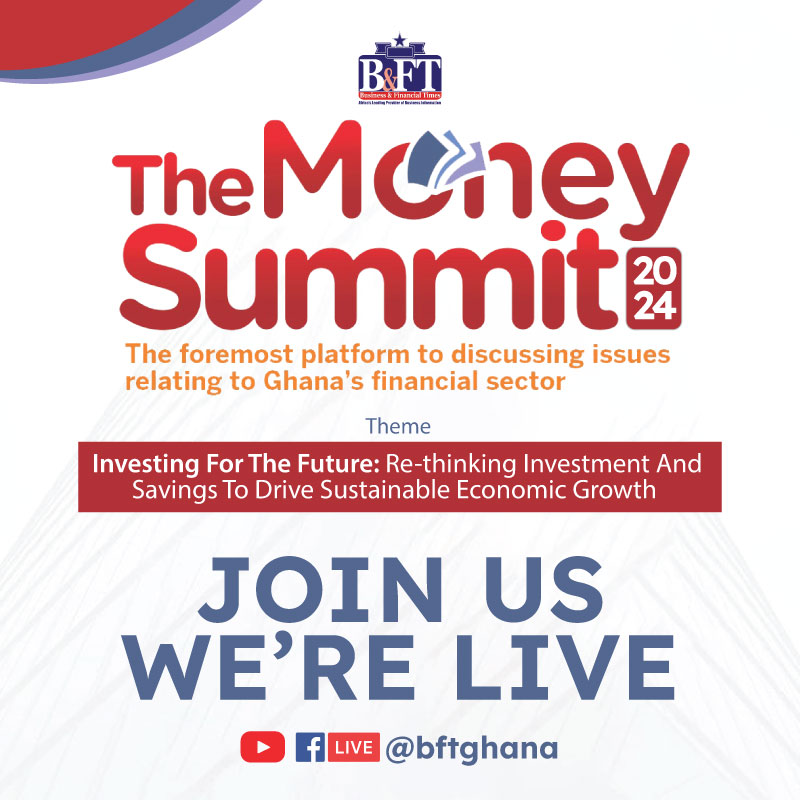… calls for local production of components
By Thomas-Moore ADINGO ([email protected])
The global solar energy market is growing in leaps and bounds, with its value expected to reach US$223.3 billion by 2026 from US$52.5billion in 2018 at annual growth rate of 20.5 percent – but with the country only playing the role of importer, the Africa Centre for Energy Policy (ACEP) believes it is time to relook that strategy and become a net producer and exporter.
With the world seeing rising concerns about climate change, the health effects of air pollution, energy security and energy access, along with volatile oil prices in recent times, solar energy is fast becoming the norm for combatting all these challenges.
Benjamin Boakye, ACEP’s Executive Director speaking in Accra at an event dubbed ‘Expert panel energy dialogue’ organised by the Abeeku Brew-Hammond Memorial Foundation, described the solar market as too huge a potential that the country simply cannot ignore.
“We have an opportunity to encourage our institutions to get into the science of it, so that if for nothing else we can start developing components of renewable energy; so that when the world embraces it finally, we can also contribute to the development of that technology,” he said.
“Countries are shipping the panels and all the technology. So, are we going to sit down still glued to conventional energy, only to wait and realise that’s the way to go?” he queried.
More importantly, what makes solar an increasingly competitive energy option is the reduction in production cost, which has fallen by over 80 percent over the last decade due to technological advancement. Levelised cost of energy generated by large-scale solar plants is around US$0.068/kWh, compared to US$0.378 some 10 years ago – and the price fell 13.1 percent between 2018 and last year alone, according to figures released by the International Renewable Energy Agency (IEA).
Similarly, the IEA – in its Renewables 2019 market report, projected the world’s total renewable-based power capacity to grow by 50 percent between 2019 and 2024. This increase of 1,200 gigawatts – equivalent to the current total power capacity of the United States – it said, is driven by cost reductions and concerted government policy efforts. Solar PV accounts for 60 percent of the rise.
Although Ghana possesses abundant renewable energy potential, it has yet to fully exploit it. For instance, apart from hydropower – Akosombo, Kpong and Bui hydro plants, which supply a total of 1,580MW of power – the uptake of other renewable energy sources like solar and wind remain low in the country: due to high initial cost, lack of government incentive and lack of a dedicated green fund to support individuals who want to invest in renewable energy.
According to the Energy Commission, solar energy is a highly attractive and emerging renewable energy in Ghana due to environmental and social factors. It said the country possesses solar energy of daily irradiation levels ranging between 4 kWh/m to 6 kWh/m, with an estimated sunshine duration of between 1800 to 3000 hours per annum.
Mr. Boakye however believes that the country will fully harness this potential if it can invest in producing some of the solar components rather than being fully dependent on imports.
To him, the debate about whether solar energy can be used to power industry should not deter the country from making a conscious effort to encourage and attract investments into solar technology, adding: “The question about renewable technology should not be whether it can actually power industry, but about monitoring how the technology is evolving over time to see what role we want to play as a country in that space”











